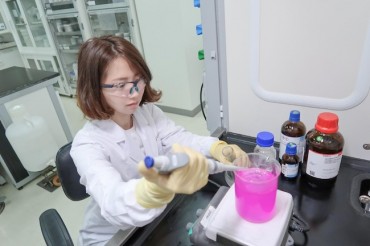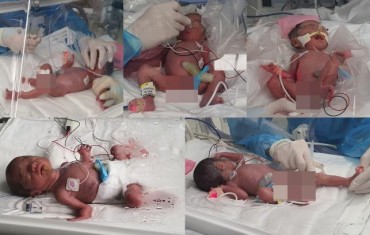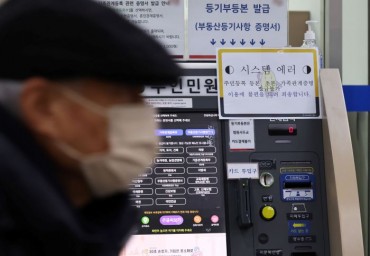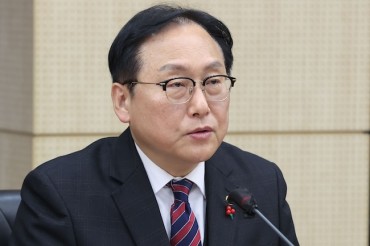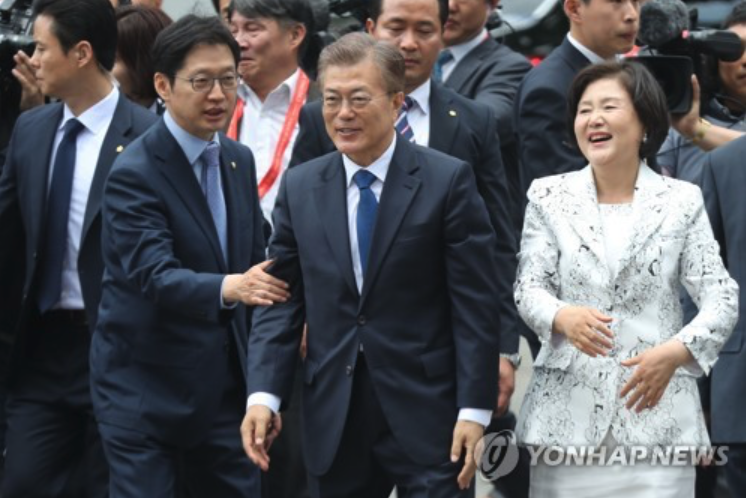
Moon even made an unscheduled move towards the supporters despite being dissuaded by a ruling party lawmaker. (image: Yonhap)
SEOUL, May 11 (Korea Bizwire) – President Moon Jae-in on Wednesday promised to begin what he calls a “Gwanghwamun Presidency.”
Gwanghwamun Square in central Seoul was the main stage for the candlelight protests demanding President’s Park Geun-hye’s resignation (or impeachment), gathering millions of Koreans from across the country.
But even before the mass rallies, the area had been frequently occupied by protesters hoping to have their voices heard. Over time, Gwanghwamun has transformed into a symbol of democracy, beyond its historic value.
During his inaugural address on Wednesday, Moon said he would bring an end to the authoritarian culture that still lingers in South Korean presidency. “I’ll be a president who ceaselessly communicates with the people,” he said.
His plan to relocate the presidential office to the Central Government Complex in Gwanghwamun Square, which is roughly one kilometer south of Cheong Wa Dae, is in line with his vows to interact with the public, although the Blue House will continue to serve as the official presidential residence.
Experts expect the full move to be completed by 2019, taking into consideration various remodeling efforts and the relocation of existing personnel at the government complex, in addition to the security concerns for the Presidential Security Service.
“Occasionally, I’ll host large debates in Gwanghwamun Square,” Moon added.
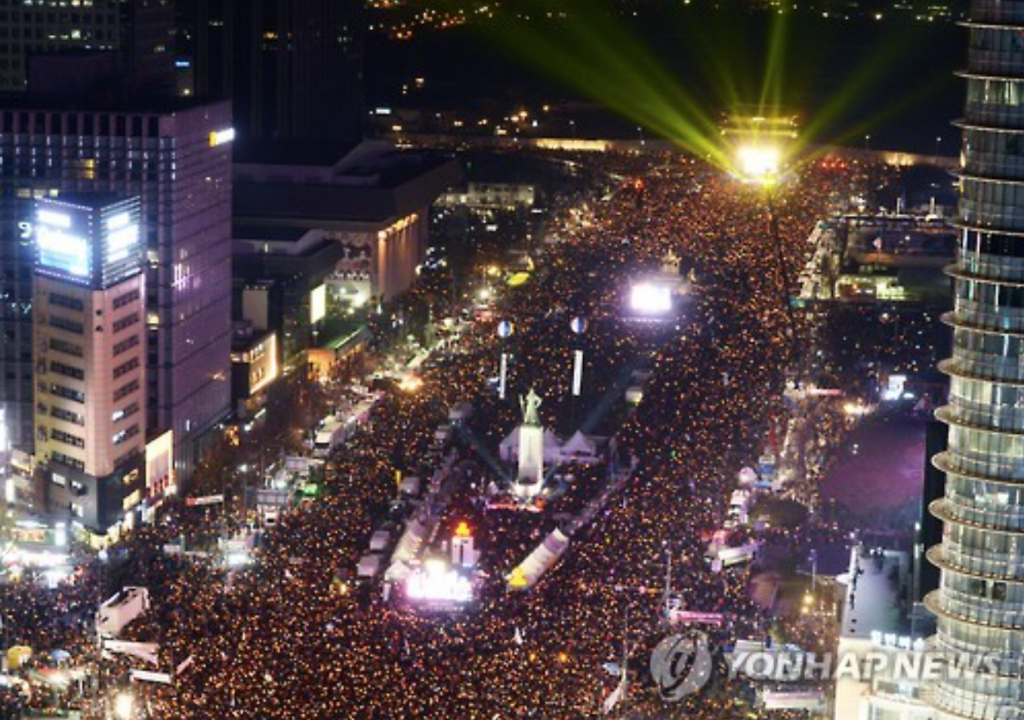
Protesters hold a candlelight rally at Gwanghwamun Square in central Seoul on Dec. 3 to call for President Park Geun-hye’s resignation. (image: Yonhap)
His election pledge also included establishing a “street of history and culture,” connecting Cheong Wa Dae with Jongmyo Shrine and other historic sites around Gwanghwamun.
Moon was certainly more receptive than his predecessor on his first day in office.
As he left the National Assembly building Wednesday after the inauguration ceremony, Moon was flocked by supporters for a quick selfie with their new commander-in-chief, with very little interference from the security service. He even made an unscheduled move towards the supporters despite being dissuaded by a ruling party lawmaker.
The press was also given more freedom in their reporting. Journalists were granted closer access to the president, and there was little control over their communications equipment.
Although Mr. Moon’s public-friendly gestures may indicate higher risks for his bodyguards, the PSS will soon adapt under its new chief Joo Young-hoon appointed Wednesday, a Cheong Wa Dae official said. “Safety of the president is important. But he is adamant in his commitment to minimize disturbance when he’s interacting with the public.”
By Joseph Shin (jss539@koreabizwire.com)



